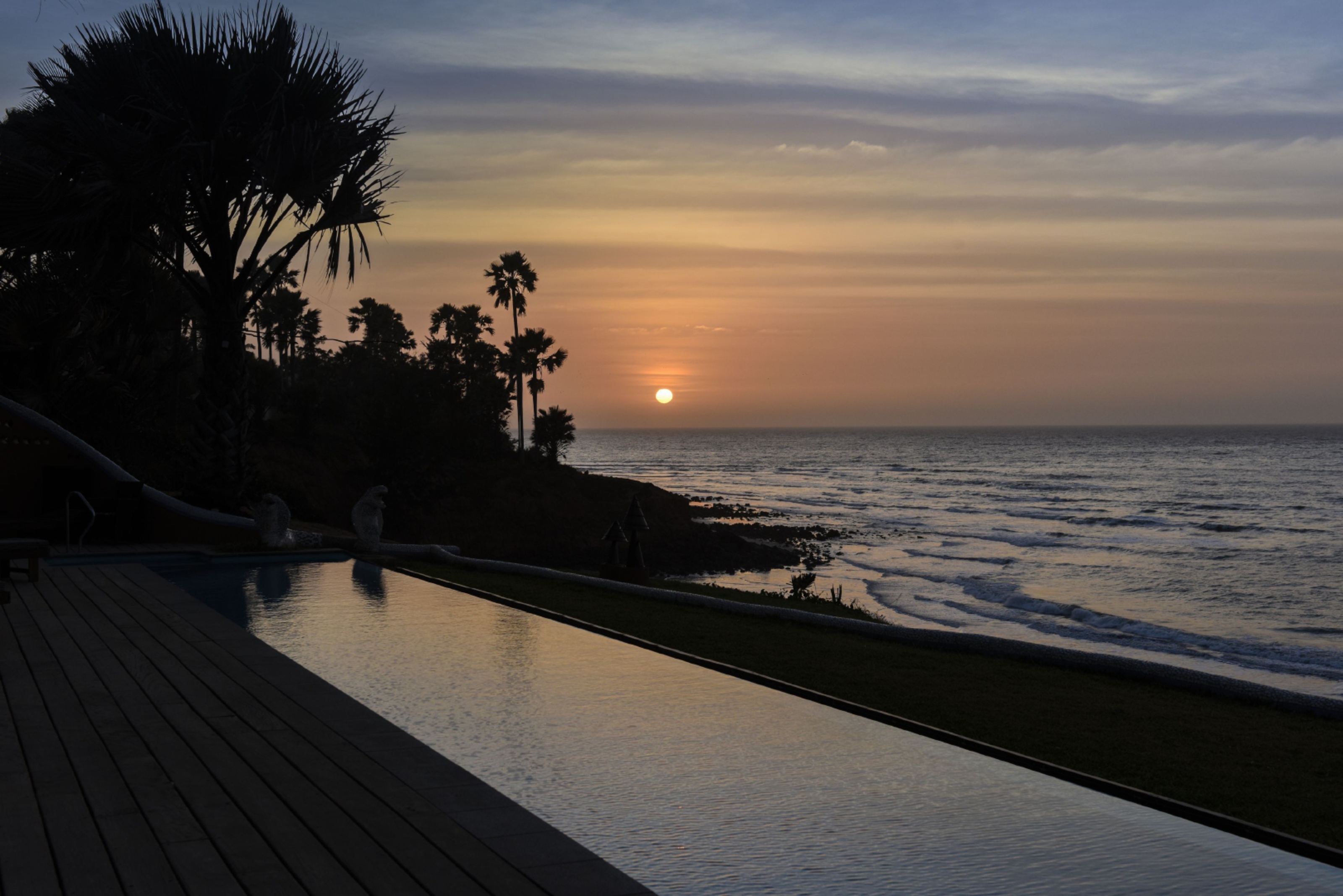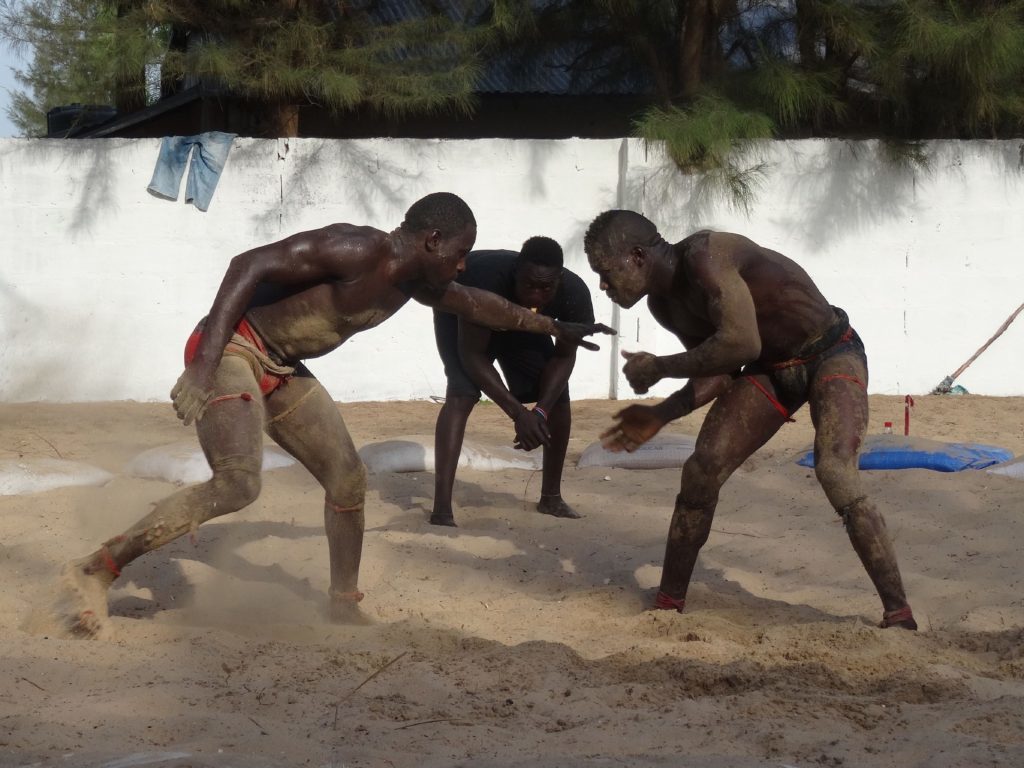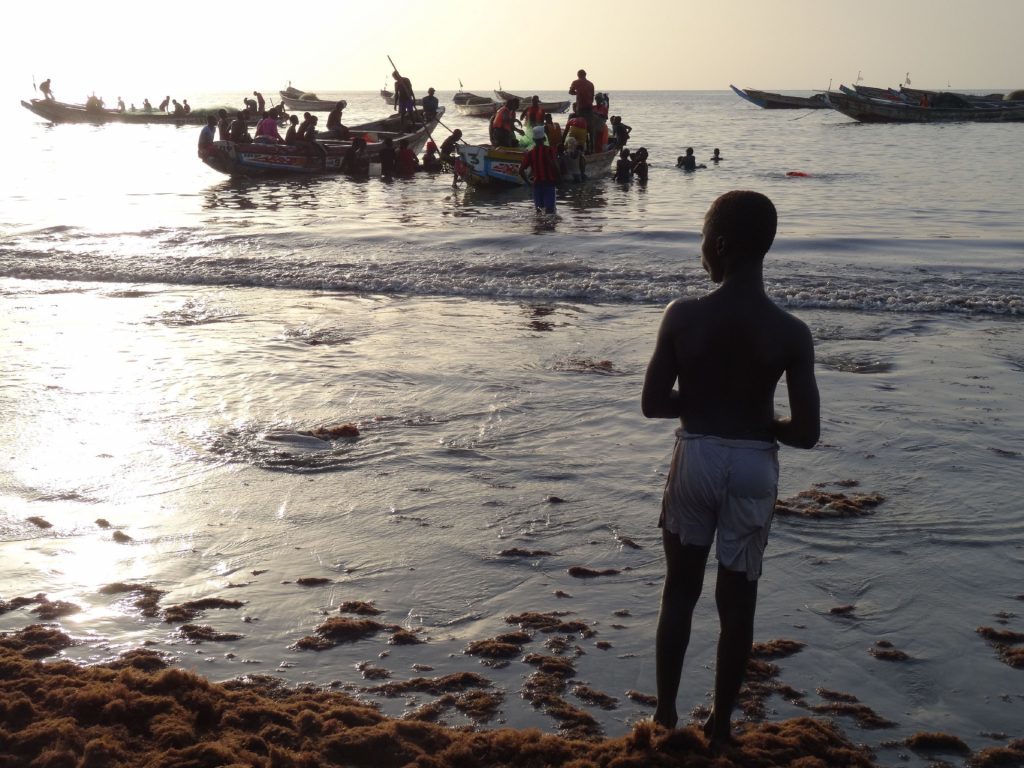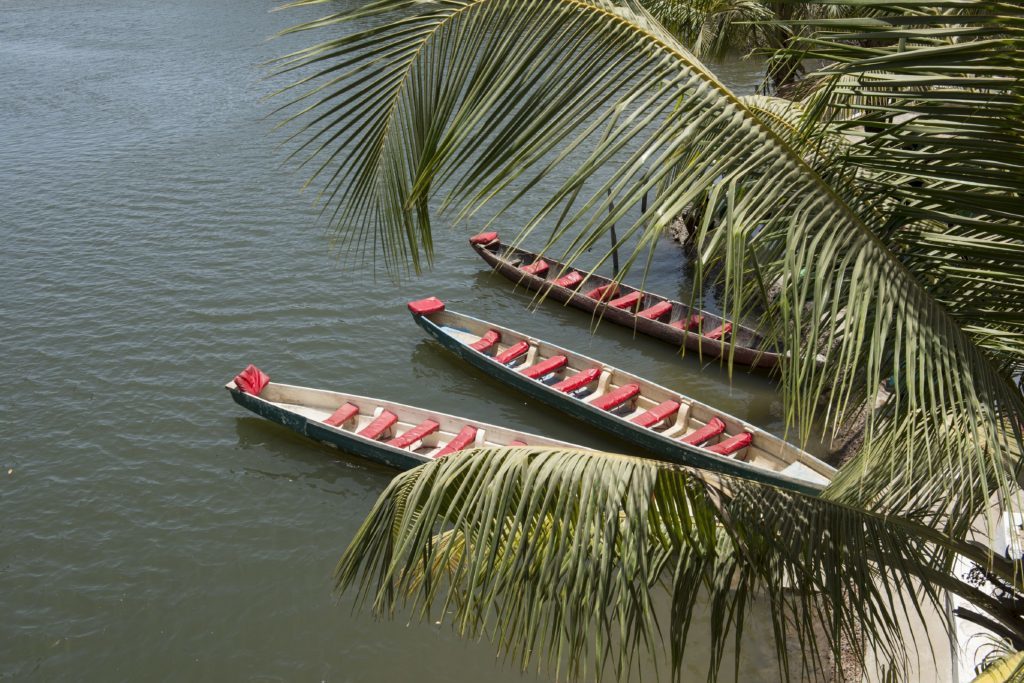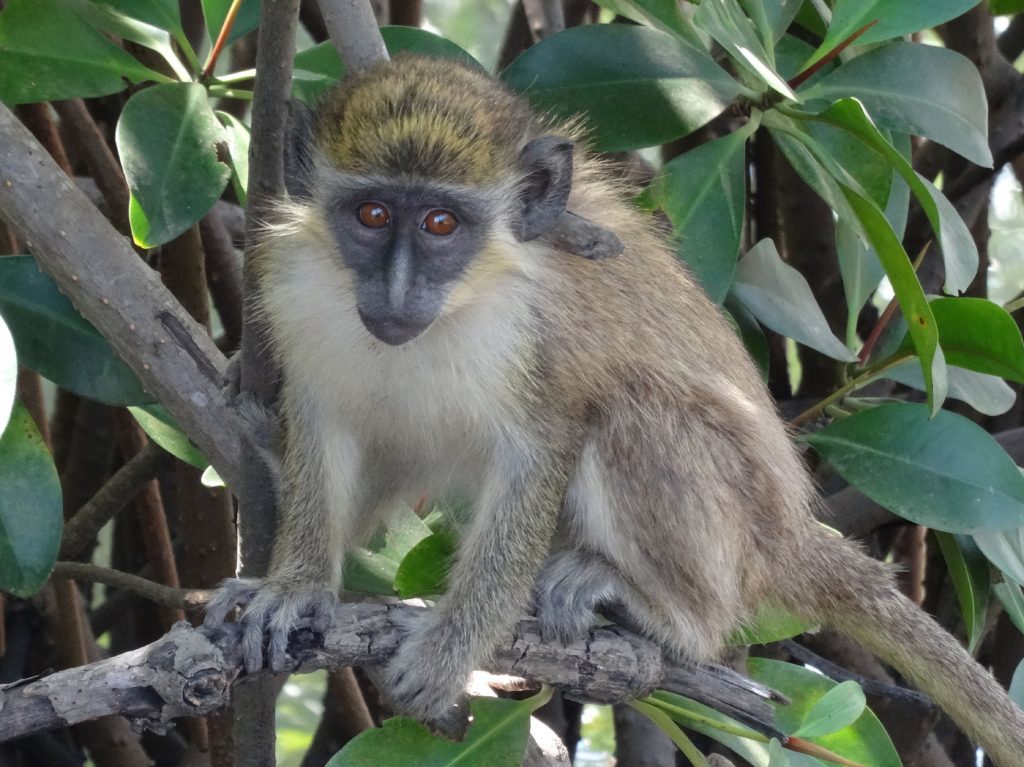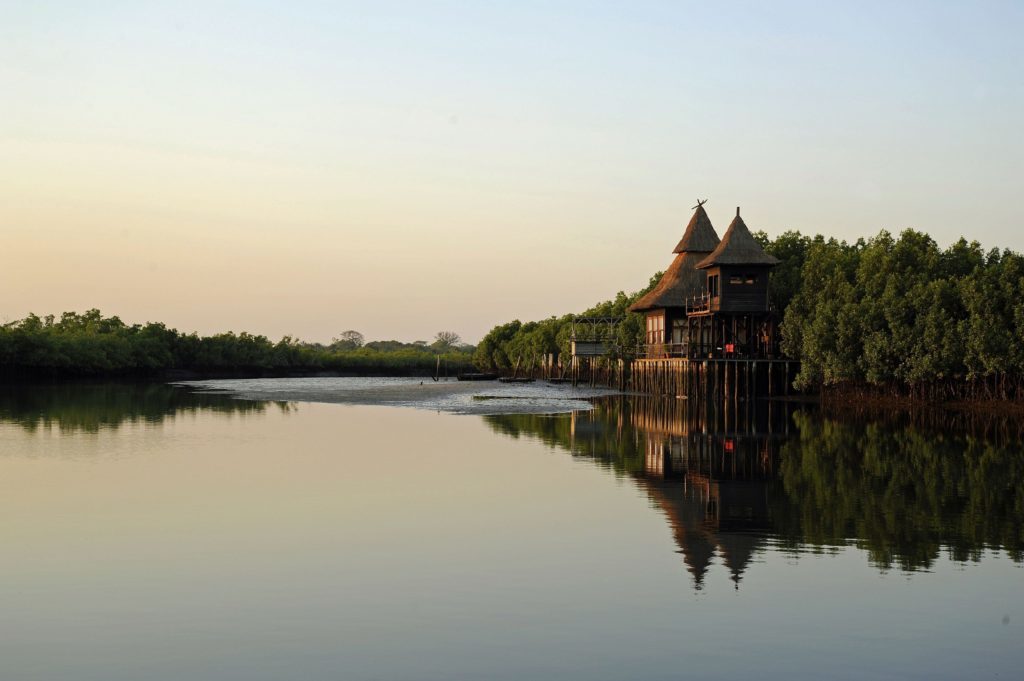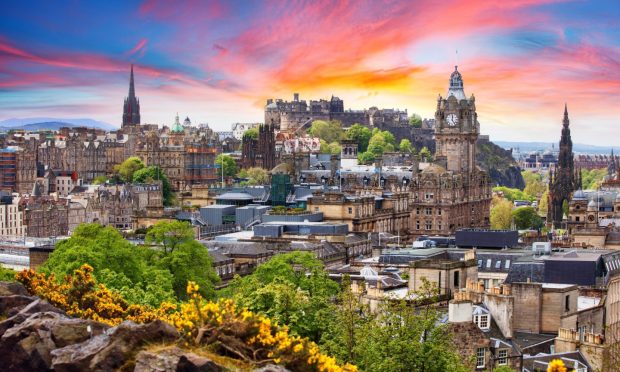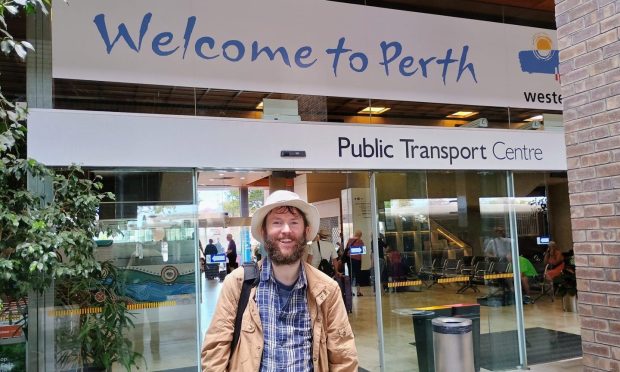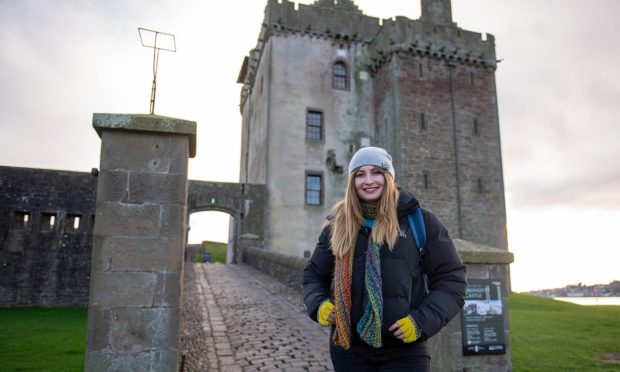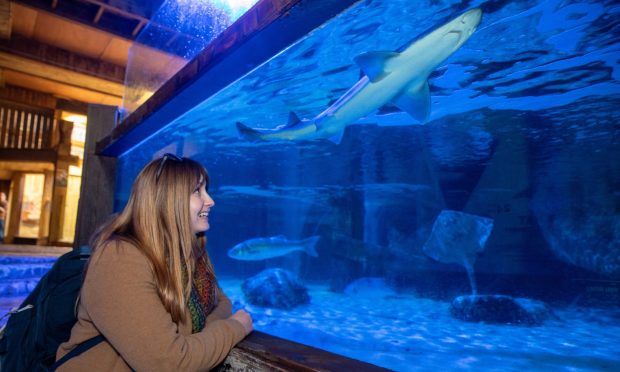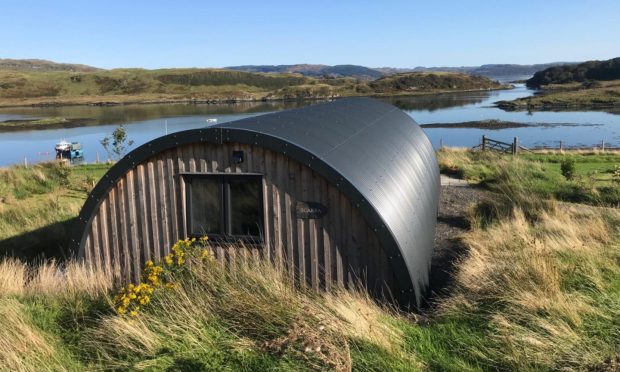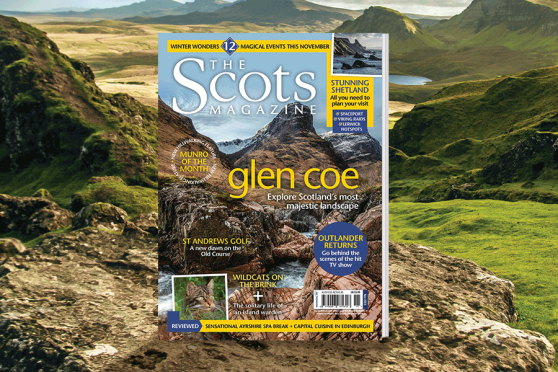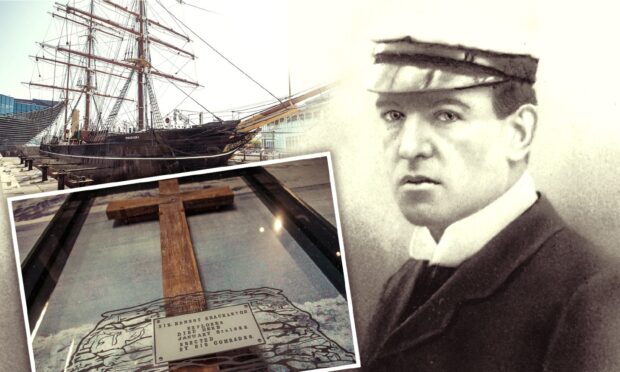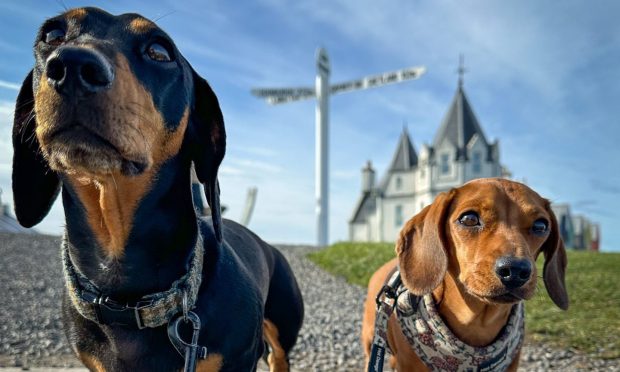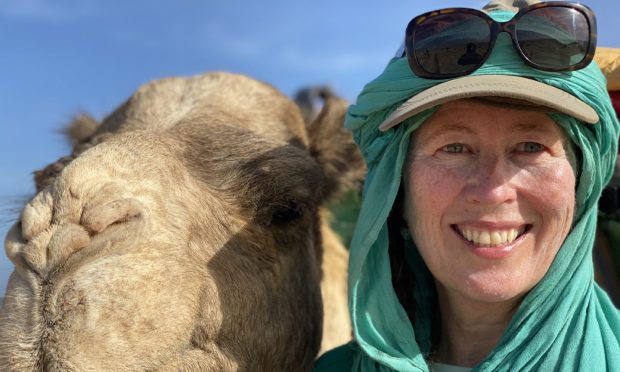After a period of political turmoil, flights have resumed to Gambia. Ed Elliott confirms West Africa’s popular holiday destination is back in business
A semi-naked man struts confidently across into the sandy arena, staring menacingly at his opponent.
There is aggression in his eyes, a snarled expression on his face and a strong whiff of testosterone in the early afternoon air.
He turns, scoops a handful of scorching sand and slaps it on to his sweaty, sculpted torso.
Around him, other muscular men carry out similar routines while drums beat urgently in the background.
These men may be on a beach but they have no intention of relaxing.
Instead they are readying themselves for a wrestling match, The Gambia’s national sport.
Starting with verbal provocation, competitors soon get physical, attempting to throw their opponents to the ground.
It’s an authentic display of West African culture, and something I’ve been eager to experience since stepping off the plane into the sweltering heat of the continent’s smallest mainland nation two days previously.
Split in two by the river of the same name, The Gambia is a slim, sliver of a country which snakes its way inland from the Atlantic Ocean in the west.
Aside from around 50 miles of coastline, it is entirely surrounded by French-speaking Senegal.
Tourism, alongside agriculture, is one of the two main industries, but recent years have not been particularly kind.
The former British colony, which celebrated 50 years of independence in 2015 – two years after attempting to further restore its own identity by opting out of the Commonwealth, saw a drastic drop in visitor figures in the wake of the recent Ebola epidemic.
There may not have been a single case of the virus inside Gambian borders – in fact, more people were treated in Britain – but the country’s geographical location close to the worst hit nations of Liberia, Guinea and Sierra Leone was enough to turn tourists’ attention elsewhere.
Anecdotal evidence from hotel owners, backed up by UN figures, suggests some resorts saw occupancy drop by around 60 per cent.
Earlier this year, a political crisis surrounding a change in president resulted in tourist evacuations. But the situation has stabilised and flights from the UK are now up and running again.
Those dark days appear to have passed as confidence in the country, which promotes itself as the ‘smiling coast’ due to its reputed warm welcome, returns.
Luxury coastal resorts, excellent year-round temperatures and world-class bird-watching are among the main draws for visitors. But it’s also easy to break away from the sun beds and discover the real Gambia.
A short drive south of the hotel areas of Kololi, Fajara and Bakau, Tanji contains the country’s largest fishing centre and a hectic market.
Small wooden boats bob along the shoreline as workers hoist bucket-loads of mackerel, red snapper and bonga fish back to the beach where they are quickly prepared for sale at ground-level stalls.
Unsurprisingly, the market has all the ingredients to prepare a traditional Gambian meal and later, I am treated to some local cuisine at a cookery demonstration.
It takes place in a colourful courtyard belonging to Ida Cham-Njie, an experienced caterer who runs culinary classes from her Brufut home.
Domoda is the dish of the day; a tasty peanut-flavoured stew served with rice which, on this occasion, contains mackerel and is accompanied by a mouth-tingling chilli sauce.
We play wuri, an addictive African strategy game which has some similarities to backgammon, while waiting for the food to finish cooking, before sitting on the floor to share a large oval-shaped plate.
Later, we wash it down with a tiny cup of mborr mborr, a herbal tea which has more than a hint of sage.
There is a temptation to linger on the west coast but, keen to explore some outlying areas – and see some of the country’s wildlife, I decide to travel inland.
While The Gambia may not contain the majority of large mammals which roam other parts of sub-Saharan Africa, there are plenty of primates, crocodiles and, further up river, hippos.
A prime place to spot monkeys, mongooses and more is Makasutu, a thousand-acre forest directly south of the unassuming capital city Banjul.
Reaching it requires an uncomfortable yet exhilarating journey through the bumpy back roads and, as a cool breeze blows through the open-sided truck, it’s difficult not to immediately feel immersed in a landscape which paints the picture-postcard image of remote Africa.
Every once in a while, small bands of enthusiastic children break into sprints in failed attempts to keep pace with the truck.
There is a plethora of winged wildlife along the way: weaver birds busily building nests, a pied kingfisher sitting patiently above a pool of water and a red-billed hornbill foraging for food.
Kettles of carnivorous hooded vultures circle high in the distance – as they have for the majority of my five-day trip.
Deeper into the forest, as the foliage becomes thicker, a troop of baboons sit casually atop a termite mound surveying the scene, while closer to the river vervet monkeys play among the mangroves.
Makasutu – meaning ‘sacred forest’ – is surrounded by small villages and one of the more memorable is Galloya, where colourful murals adorn the outer walls of many buildings.
The paintings are part of community art project Wide Open Walls, and range from lions to love hearts and, of course, a couple of strapping, grappling men.
Fortunately, I don’t have any fights on my hands.
But those willing to wrestle themselves away from the sun bed will find Gambia is much more than a beach destination.
TRAVEL FACTS
:: Ed Elliot was a guest of Gambia tourism (www.visitthegambia.gm) and The Gambia Experience (www.gambia.co.uk) who offer seven-night packages at Ngala Lodge from £899pp (two sharing), including return flights from Gatwick, airport transfers and taxes. A three-night add-on at Mandina Lodges at Makasutu costs from £349pp (two sharing).
:: The Gambia Experience also offers excursions (gambia.co.uk/excursions-and-experiences)
